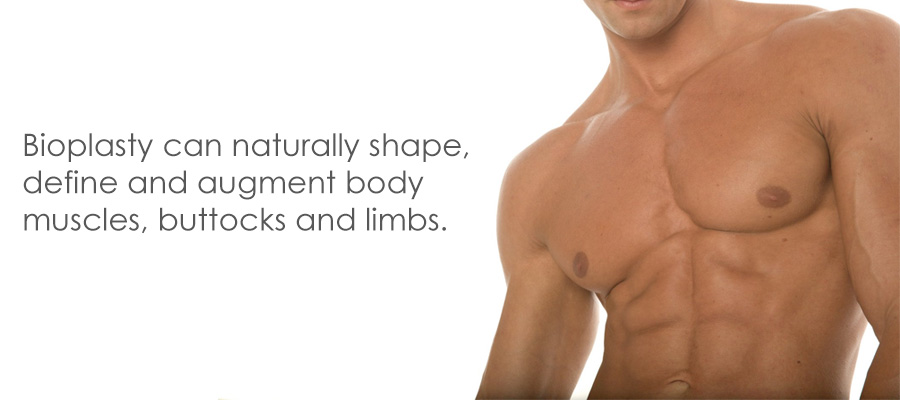
The face serves as a cover letter: physical attractiveness is a sign of health, good physical and emotional well-being. However, a pleasant appearance to our eyes—and especially to those who look at us—is more than that: it is through the face that we relate to the world! An attractive face is a safe haven factor, most likely for personal and professional success and social acceptance, which generate power over ourselves and those around us.
Deformities often harm self-image and self-esteem. Culturally we are not taught to deal with differences, so deformations interfere with the social life and cause uneasiness and curiosity.
Reconstructive Bioplasty can treat congenital or acquired defects and may redesign, in selected cases, lines and contours, soften scars and depressions, atrophies, losses and lack of volumes and asymmetries, and bring a satisfactory solution to cases regarded as difficult to be solved through conventional methods.
For the face as well as for body and limbs, Bioplasty may be used in patients who have had small and large losses in volume because of congenital facial deformities (regarded as any defect in the formation of an organ or set of organs determining a morphological structural abnormality present at birth due to environmental or mixed genetic cause), tumors or acquired deformities, deformities from traumas, from accident nerve injuries, or from transmitted viral infectious diseases such as polio and HIV. In the case of HIV-positive patients, some drugs and the virus itself may cause a defect called lipodystrophy in which legs, arms, buttocks and face lose body fat, getting a “skeletonized” aspect. The loss of fat on the face is the biggest problem for those affected, since the face is on display all the time.
Bioplasty provides better physical conditions, gives a healthier appearance and also brings emotional betterment for patients with increased survival rates. When performed with good quality materials, Bioplasty complication index is close to zero.
Bioplasty can be used for the correction and/or treatment of:
- Polio sequelae;
- HIV-associated lipodystrophy;
- Facial hemiatrophy (Romberg Syndrome);
- Craniofacial dysostosis (Crouzon Syndrome);
- Exophthalmos;
- Pectus excavatum and Pectus carinatum;
- Cleft lip;
- Hipomentonism and/or jaw line after bone resorption;
- Progressive partial lipodystrophy (Barraquer-Simons Syndrome);
- Brachial plexus atrophy;
- Thenar region atrophy;
- Urinary incontinence and vesicoureteral reflux;
- Vocal cords paralysis;
- Gastroesophageal reflux;
- Others.
